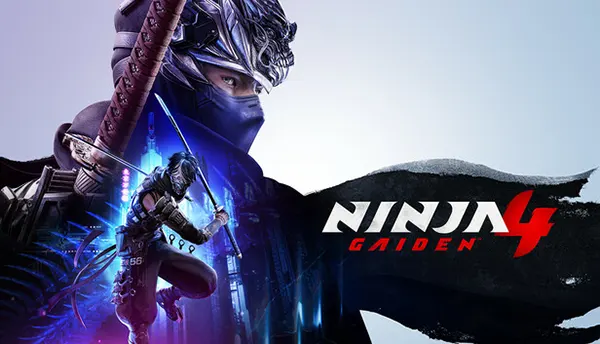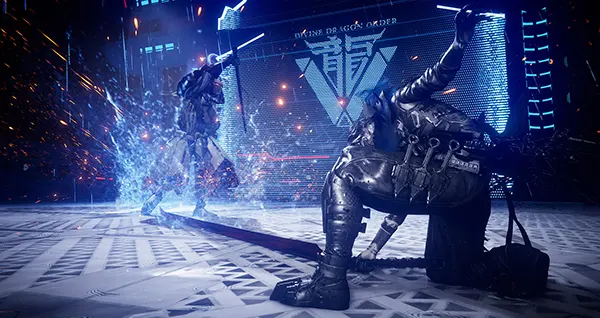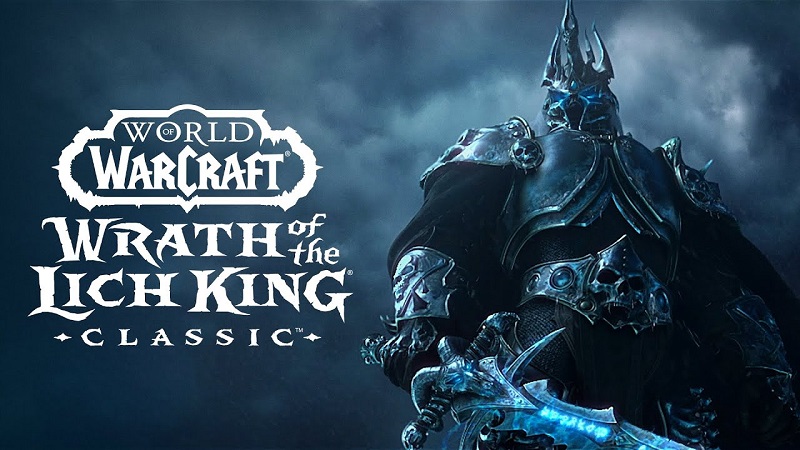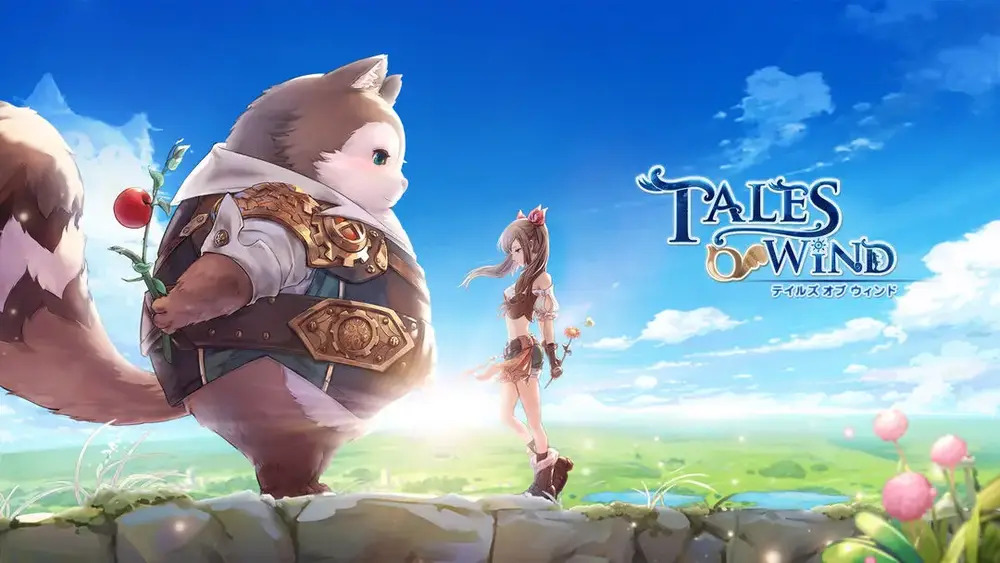
Ninja Gaiden 4: The Return of a Legendary Franchise
Ninja Gaiden 4 marks the highly anticipated revival of one of the most iconic action franchises in gaming history. Team Ninja has finally confirmed the return of Ryu Hayabusa, and fans worldwide are eager to experience this new chapter after more than a decade of silence. In this review, we explore the gameplay, narrative, mechanics, and visual fidelity of the latest instalment, offering a clear-eyed look at what makes Ninja Gaiden 4 a game worth watching in 2025.
Combat Mechanics and Gameplay Evolution
Ninja Gaiden 4 takes a bold step forward while respecting the series’ roots in high-speed, precision-based combat. The developers have retained the brutal difficulty and signature fluidity that define the franchise. Ryu’s movement is slicker than ever, combining wall runs, parries, and aerial combos into one seamless flow. Players are expected to master timing, positioning, and weapon-switching under pressure, reminiscent of the old titles but modernised for today’s standards.
One of the standout changes in this instalment is the improved AI behaviour. Enemies respond more dynamically, adjusting to the player’s tactics. This makes battles feel more alive and forces players to experiment with different weapons and strategies. Whether facing off against demon samurais or modern mercenaries, the challenge remains steep and rewarding.
The arsenal has also expanded. Alongside the iconic Dragon Sword, players now wield elemental ninjutsu abilities and customisable shurikens. This opens new tactical opportunities and introduces variety in both close and ranged combat. Despite its difficulty, the game offers extensive training modes and a flexible difficulty scale to accommodate both veterans and newcomers.
Level Design and Exploration
The environments in Ninja Gaiden 4 have been redesigned with verticality and freedom in mind. From Tokyo rooftops to ancient ruins in Kyoto, each level provides multiple pathways and hidden zones that encourage exploration. While still a linear action title at its core, the design rewards players who take the time to search for secrets, lore, and rare upgrades.
Traversal mechanics are significantly smoother compared to previous games. Grappling hooks, pole vaulting, and wall-climbing have all been refined, reducing the frustration that sometimes plagued earlier titles. These changes make backtracking for collectibles or secondary objectives far more enjoyable.
Furthermore, side objectives such as timed assassination missions or platforming challenges have been embedded naturally into the world. They feel purposeful, adding depth without derailing the main campaign. As a result, players can enjoy a richer, more layered experience that doesn’t rely solely on combat intensity.
Narrative and Worldbuilding
The storyline in Ninja Gaiden 4 returns to the series’ darker, mythological roots. Set five years after the events of Ninja Gaiden 3, the game sees Ryu Hayabusa caught in a war between ancient gods and rogue military factions. While previous entries focused heavily on global destruction, this title tightens the scope, putting emphasis on Ryu’s legacy and moral struggles.
New characters bring a fresh perspective. Aiko, a young shrine maiden turned warrior, serves as a foil to Ryu’s stoicism. Her personal arc intertwines with the broader narrative, and choices made during missions can impact key outcomes. Multiple endings based on player alignment and side quest completion give the story replayability and weight.
Cutscenes are cinematic but sparse, letting gameplay tell much of the story. Environmental storytelling – such as shrine graffiti, fallen comrades’ journals, and ancient texts – allows players to piece together the deeper lore. This understated approach enhances immersion and respects the intelligence of the player base.
Audio and Voice Direction
Sound design in Ninja Gaiden 4 is meticulously crafted. Each weapon has a unique sonic profile, from the sharp ring of a katana slash to the heavy thunk of a warhammer blow. Combat sounds are clear and impactful, helping players track enemy movements even when off-screen.
Musically, the game blends traditional Japanese instruments with modern electronic beats. This hybrid approach sets the tone for each level, adapting to both serene exploration moments and chaotic boss fights. The soundtrack, composed by Yosuke Yasui, is dynamic and reactive, heightening the tension as battles escalate.
Voice acting is available in both English and Japanese, with full localisation across major European markets. The performances are professional and emotionally resonant, giving depth to the returning characters and new faces alike. Subtitles and audio options are fully customisable to enhance accessibility.

Visual Presentation and Performance
On a technical level, Ninja Gaiden 4 is among the best-looking action games released in early 2025. The game is built on a new version of the Unreal Engine and takes full advantage of next-gen hardware. Textures are crisp, character animations are fluid, and lighting effects add dramatic flair to every encounter.
The game runs at a steady 60 FPS in Performance Mode on PlayStation 5 and Xbox Series X, with full ray tracing support available in Quality Mode. Load times are minimal thanks to SSD optimisation, allowing near-instant transitions between levels and cutscenes. PC players will appreciate the extensive graphic settings and ultra-wide monitor support.
Character models are highly detailed, from the etchings on Ryu’s armour to the facial expressions during dramatic cutscenes. Enemy design ranges from grotesque demons to cyber-enhanced warriors, offering impressive visual diversity. Despite the high visual fidelity, the game is well-optimised across platforms.
Future Updates and Community Integration
Team Ninja has confirmed that Ninja Gaiden 4 will receive free post-launch updates throughout 2025. These will include new challenge modes, time-limited events, and cooperative missions where players can join forces online. A ranked leaderboard system is also planned for competitive players.
The game includes a photo mode, allowing players to share stylish action shots on social media. In-game achievements are deeply integrated with community features, rewarding creative gameplay styles and speedrun challenges. This social component helps keep the game alive long after the main story concludes.
Mod support for PC is scheduled for summer 2025, allowing creative players to develop custom skins, missions, and tweaks. While console players won’t have access to mods, cross-save functionality ensures a seamless experience across platforms. These additions signal a long-term commitment to the title’s lifespan and community engagement.



